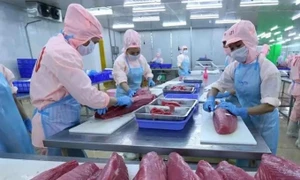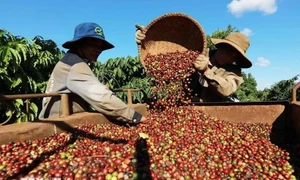
However, the inspection frequency at border gates for the products remains at 20%.
The exemption comes as the EU’s Commission Implementing Regulation 2024/1662 was issued on June 11, amending the Implementing Regulation (EU) 2019/1793 on the temporary increase of official controls and emergency measures governing the entry into the union of certain goods from certain third countries implementing Regulations (EU) 2017/625 and (EC) No 178/2002 of the European Parliament and of the Council.
Vietnamese Trade Counselor in Belgium and the EU Tran Ngoc Quan attributed the good news to relentless efforts by the Ministry of Industry and Trade, other relevant authorities, and businesses in enhancing the quality and safety of instant noodle exports to the bloc.
In addition, the EU has also adjusted inspection regulations for other Vietnamese farm produce. For dragon fruit, the inspection frequency at the border has been increased from 20% to 30%. Chili peppers have been moved from Annex I (50% inspection frequency) to Annex II (50% inspection frequency with food safety certificates and test results for residual pesticide residues in the product). Okra remains at a 50% inspection frequency with food safety certificates and test results for residual pesticide residues in the product. Meanwhile, the inspection frequency for durian stays at 10%.























